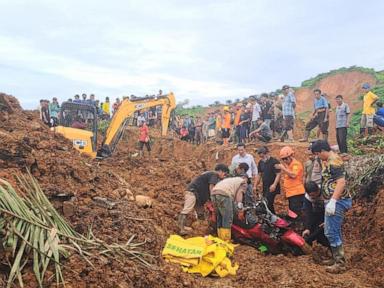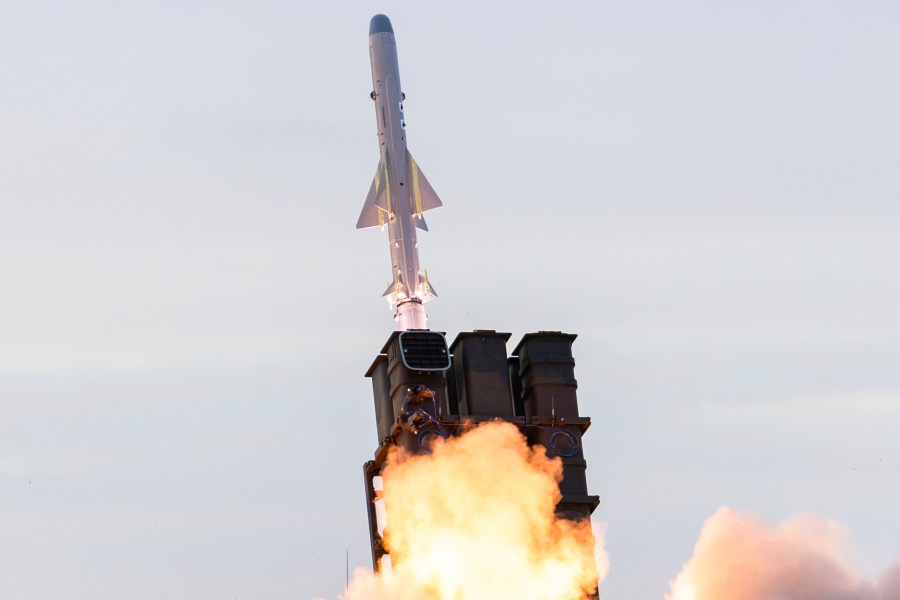Japan is expediting the deployment of its domestically developed long-range missiles, moving the timeline up by one year, according to the Defense Ministry. This decision reflects the nation’s heightened commitment to enhancing its military capabilities in response to escalating regional tensions. The first batch of the Type-12 anti-ship missiles is set to be installed at Camp Kengun in Kumamoto by March 2026.
The Type-12 missile boasts a range of approximately 1,000 kilometers (620 miles), allowing Japan to bolster its self-defense mechanisms against the increasingly assertive naval activities of China in regional waters. Recent events, including the sighting of two Chinese aircraft carriers operating near southern Japanese islands in June, have intensified these concerns.
Japan’s strategy also addresses rising threats from North Korea and Russia. Historically, Japan has adhered to a pacifist constitution established after World War II, which limited military engagement to self-defense. However, a significant policy shift occurred in 2022 when Japan adopted a five-year security strategy that identifies China as its principal strategic challenge. This plan emphasizes a stronger alliance with the United States and outlines a more proactive role for Japan’s Self-Defense Forces.
Military Spending and Future Plans
To support these initiatives, Japan aims to increase its military spending to 2% of GDP by 2027, up from about 1%, reflecting both national and international pressures. The announcement regarding the accelerated missile deployment coincides with a request for a record 8.8 trillion yen (approximately $59.9 billion) in the fiscal 2026 budget. This budget is focused on enhancing capabilities in long-range missiles and drones to address threats posed by China, North Korea, and Russia.
As Japan continues to develop its domestically produced missiles, it plans to deploy U.S.-developed Tomahawk missiles later this year. Additionally, the Defense Ministry is exploring the deployment of unmanned air, sea-surface, and underwater drones for surveillance, aiming to bolster coastal defenses. This effort is particularly crucial as Japan faces the challenges of an aging and declining population, which has resulted in an understaffed military.
The rapid advancement of Japan’s military capabilities underscores a significant transformation in the country’s defense posture, driven by the imperative to ensure national security in a rapidly changing geopolitical landscape.





































































